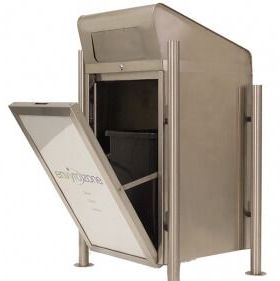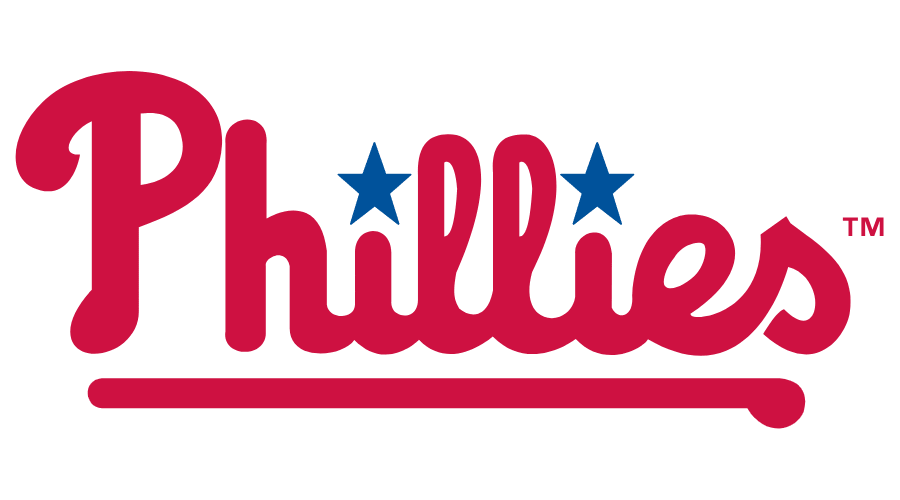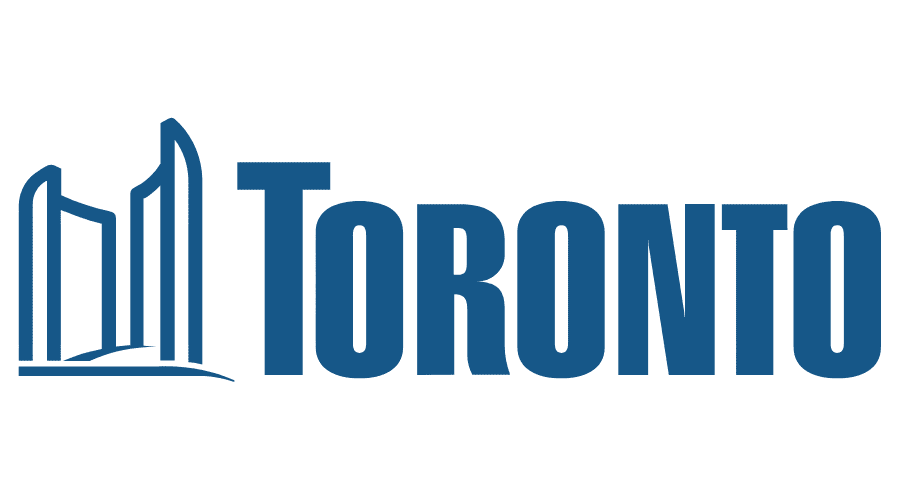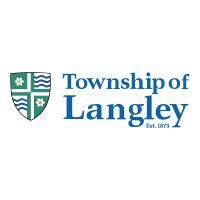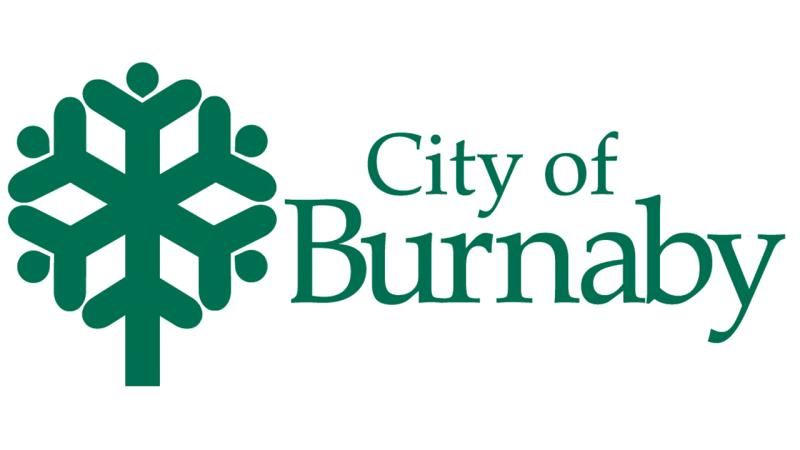How to Choose the Right Commercial Garbage Receptacle?
In today's fast-paced commercial environments-from bustling malls and sleek office towers to busy healthcare centres and educational campuses-the humble garbage receptacle plays a far greater role than many acknowledge. It's more than just a container; it's a vital part of your facility's hygiene, safety, and image. Choosing the right commercial garbage receptacles isn't just about functionality-it's about making an impression, supporting sustainability goals, and seamlessly blending into the aesthetic and flow of your space.
But with so many types, styles, and configurations available, how do you select the right commercial trash cans tailored to your facility's unique needs? This comprehensive guide, built on best practices and industry insights, will walk you through the key considerations-from size and materials to placement and design.
1. Understand Your Facility's Waste Generation
Before you even glance at models or designs, assess your facility's waste habits. Are you managing food waste, recyclables, general office refuse, or a combination? Retail spaces may generate different waste volumes and types compared to a university, hospital, or airport.
- High-traffic facilities (e.g., airports, stadiums): Opt for high-capacity receptacles that can handle constant use and include features like fire resistance and weather durability.
- Corporate offices: Look for multi-stream units that support recycling and composting, along with clean and minimal designs that complement professional environments.
- Healthcare institutions: Choose antimicrobial-coated units and foot-operated lids for hygiene compliance.
Pro Tip: Always consider seasonal variations-an outdoor food court may need more frequent collection during summer months, which can influence receptacle choice.
2. Choose the Right Size and Capacity
Size isn't just about volume-it's about context. Oversized bins can be obtrusive in tight corridors, while small units may overflow in high-footfall areas.
Here's a general guideline:
- Small (10-20 gal): Ideal for private offices, restrooms, or low-use corners.
- Medium (20-35 gal): Suitable for mid-sized meeting areas, break rooms, and storefronts.
- Large (40-60+ gal): Best for entrances, lobbies, food courts, and exterior placements.
Also consider the frequency of waste collection and staff availability. Less frequent pick-up schedules might require higher-capacity models.
3. Material Matters: Durability Meets Design
Materials affect not only aesthetics but also functionality, weight, and lifespan. Here are common options:
- Stainless Steel: Sleek, modern, and rust-resistant. Perfect for indoor spaces that demand aesthetics.
- Plastic (HDPE): Lightweight, affordable, and available in various colours. Suited for indoor and outdoor environments.
- Powder-Coated Steel: Offers strength with colour variety. Great for branding or wayfinding with custom finishes.
- Aluminium: Durable and corrosion-resistant, ideal for outdoor public spaces.
For outdoor installations, make sure materials are UV-resistant and weatherproof.
4. Aesthetics and Brand Alignment
Modern waste receptacles are design-forward. You no longer need to compromise style for function.
Choose designs that complement your facility's architecture, interior palette, and brand identity. Whether you prefer a minimalist cube or a sleek cylinder, there are options that enhance rather than detract from your space.
Consider:
- Custom colours or logo printing for branded environments.
- Sleek finishes like brushed steel for corporate aesthetics.
- Earth-tone units for parks or wellness centres.
5. Lid and Access Type: Hygiene and Convenience
The type of lid and waste access significantly affects user experience, hygiene, and maintenance.
Popular configurations include:
- Open-top: Quick disposal for high-traffic indoor areas.
- Swing-top or flaps: Prevents odours but may require regular cleaning.
- Foot-pedal operated: Excellent for restrooms or food-handling zones.
- Multi-stream tops: Clearly marked slots for recycling, compost, and landfill waste.
Clear labelling is vital. Users shouldn't have to second-guess where their trash goes. Use icons, colours, and multilingual messaging to encourage proper sorting.
6. Placement Strategy: Where and How You Position Trash Cans
Location is key. Poorly placed commercial trash cans lead to overflowing bins and littered floors, while strategically positioned receptacles improve cleanliness and compliance.
Best practices:
- Place units near entrances, exits, elevators, and washrooms.
- Space them uniformly to encourage consistent usage.
- Avoid placing bins near food prep stations unless they're hygienic and sealed.
For outdoor areas:
- Anchor bins to prevent tipping.
- Provide canopies for rain and snow protection.
- Install receptacles at pedestrian pauses like benches, parking lots, and transit stops.
7. Industry-Specific Recommendations
Every sector has unique requirements. Here's a quick overview:
Hospitality and Hotels
Match bins to the décor in lobbies, guest rooms, and pool areas. Prioritize aesthetics with hidden liners and elegant finishes.
Healthcare Facilities
Use sealed, hands-free bins with antimicrobial finishes. Clearly distinguish biohazard, recycling, and landfill streams.
Educational Institutions
Opt for rugged, easy-to-clean models with colour-coded sorting. Encourage student participation in green programs through visible signage.
Retail Spaces and Shopping Centres
Blend form and function. Stylish designs that fit brand themes are essential. Install bins at food courts, rest areas, and entrances.
Industrial Sites
Durability over design. Choose heavy-duty bins with strong lids, fire resistance, and mobility features like wheels or handles.
8. Prioritize Sustainability and LEED Credits
Eco-conscious businesses not only appeal to today's consumers but also benefit from sustainability certifications. Many commercial garbage receptacles support green initiatives:
- Made from recycled or recyclable materials.
- Support multi-stream sorting to reduce landfill waste.
- Qualify for LEED (Leadership in Energy and Environmental Design) points.
Bonus Tip: Look for suppliers offering end-of-life recycling for outdated receptacles to further reduce your environmental impact.
9. Think Long-Term: Maintenance and Replacement
Ongoing costs can be significantly reduced by selecting bins with easy-clean surfaces, accessible liners, and durable materials.
- Lockable doors for quick emptying.
- Internal liners that are leak-resistant and easy to remove.
- Graffiti-resistant coatings for public spaces.
- Spare parts availability for high-use environments.
Investing in quality now means saving on replacements and repairs later.
10. Customization Options for Enhanced Utility
If you want your waste management system to truly stand out, customization is your best ally.
Look for suppliers who offer:
- Custom branding (logos, taglines)
- Modular bin stations (add-on units for changing needs)
- Colour-coded lids and decals
- Signage options for user education
These features not only elevate your space but also improve user compliance.
Excellence in Modern Waste Solutions
At Envyrozone, we don't just sell waste receptacles-we engineer thoughtful, innovative solutions for today's eco-conscious facilities. From high-capacity outdoor bins to sleek, design-forward indoor stations, our product range is built with sustainability, style, and functionality in mind.
We proudly offer:
- Durable commercial garbage receptacles for all industries
- Custom branding and multi-stream units
- Weather-resistant outdoor units and modern interior designs
- Eco-smart materials to support green building certifications
We believe in cleaner, smarter spaces. That's why we're committed to helping you elevate your waste management experience while supporting your sustainability goals. With Envyrozone, you're not just choosing a bin-you're investing in a better environment, one receptacle at a time.
Keep your space clean, stylish, and sustainable-explore Envyrozone's innovative commercial garbage receptacles today!

